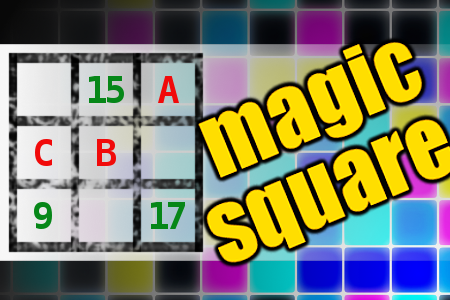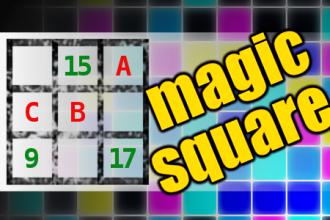MAGIC SQUARE: Calculate A+B+C
The aim is to place the some numbers from the list (9, 11, 12, 15, 17, 18, 48, 50, 51, 97) into the empty squares and squares marked with A, B an C. Sum of each row and column should be equal. All the numbers of the magic square must be different. Find values for A, B, and C. Solution is A+B+C.Correct answers: 1
#brainteasers #math #magicsquare

Smashing The Cigarettes
A carpet layer had just finished installing carpet for a lady. He stepped out for a smoke, only to realize he'd lost his cigarettes. In the middle of the room, under the carpet, was a bump. "No sense pulling up the entire floor for one pack of smokes," he said to himself. He proceeded to get out his hammer and flattened the hump.
As he was cleaning up, the lady came in. "Here," she said, handing him his pack of cigarettes. "I found them in the hallway." "Now," she said, "if only I could find my gerbil."

